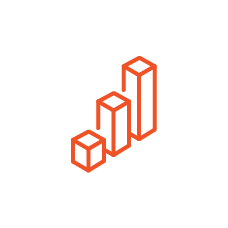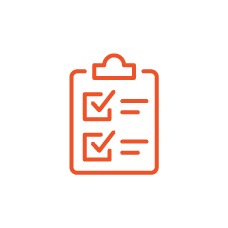Poor procurement is a business risk in multiple ways. Here are some simple steps to transform your procurement processes and gain a clear advantage over your competitors.
How much value are you actually gaining from your IT procurement – and how much more could be gained? For many organisations, the time to revise their IT procurement practices and unlock far greater value is long overdue.
Some 90 per cent of current IT procurement practices in Australia are based on traditional Request for Proposal (RFP) processes, where vendors are invited to consult on a known requirement. This approach is now considered quite “old world”.
RFP invitations can cause sometimes confusion and people are starting to look at more options where multiple opinions are gathered and assessed.
The concepts of workshops and iterative design can be added to the procurement cycle, particularly if an organisation doesn’t have its requirements clearly scoped. There is value in approaching clients and asking: What do you think of this idea? The client can then get more value from their provider by discussing what the real objectives of the business are.
A design-focused approach to procurement compared with a commercial approach is more dynamic and should result in a better outcome, as you start with an open mind.
Today’s procurement problems
Doing the same thing over and over is a big problem when it comes to procurement.
When organisations try to work off a document they expect vendors to follow the real requirements, but these can be easily lost.
Traditional procurement is looking for a precise bid and fixed cost, which most of the time is unrealistic because an RFP can’t always capture this information. By not engaging with prospective parties when making procurement decisions, it ultimately leads to poor definitions.
In contrast, a short two-hour workshop can uncover more requirements than a 50-page document.
What you also find in traditional procurement is the supposition that vendors will “replace that existing thing”, but questions around better ways to do things will not be asked.
Poor procurement is a business risk
Procurement might not seem like something that can impact a business, but the implications of it being carried out poorly are far-reaching. By failing to procure IT effectively, you’re risking the success of your business by not achieving the best technology solution – therefore, allowing competitors to gain a clear advantage.
The organisation can also lose growth opportunities and fall behind the market with increasing costs.
In a worst-case scenario, really bad decisions risk downtime and security breaches, which can then be extremely costly to fix. In the case of a service provider, a poor engagement is difficult to unwind.
With a better understanding of the lifecycle of equipment through better procurement, cost and optimising processes from an asset management perspective can save time and money. A technology procurement solution like asset management software, or an asset management system, is just the beginning.
Better practices for IT procurement and management
To modernise your procurement processes, start by changing the way buying is done from the start.
- Have a clear strategy and business case. Be very clear on the strategy and the business case: including what the organisation is trying to achieve, and not just what needs replacing. In the business case make sure you are clear about metrics, including Total Cost of Ownership (TCO) and Return on Investment (ROI), and on the value you expect to achieve.
- Allow for vendor engagement. Set aside time to workshop your requirements. This will de-risk your selection criteria as you meet the people you’ll be working with. It’s good to get a feel for the culture of suppliers – you will learn new things and gain new insights.
- Optimise business processes. Optimisation is a continuous integration and development lifecycle, and this should extend to procurement. Procurement tools can be focused on one kind of function, speed up distribution of information and streamline approvals and workflows. By seeing business process automation come to the forefront, you can look at ways to optimise processes.
- Improve contract lifecycle management. There remains a lot of immaturity when it comes to contract lifecycle management. Once a contract is in place it seems people can forget about it. If left too late, many organisations feel they have to select a supplier without eyeing any improvement. Better contract lifecycle management allows consistency and streamlines irrelevant steps, so when it’s time for renewal the process will be controlled. Contract lifecycle management will notify stakeholders that the organisation is 12 months from a renewal and identify the need to start making decisions.
Count the business success
Well-structured and well organised procurement is bound to have a strong impact on business success, from cost control and waste reduction to cost optimisation.
One of the most telling benefits is the increasing pace of evolution in partnership with a service delivery manager. You’ll have the support to make strategically sound decisions with expert IT procurement consulting, which can unlock growth you would not otherwise see.
Better procurement also has the flow-on effect of an improved employee user experience, which helps drive a more profitable outcome for the company.
The Managed Service Provider (MSP) delivery model is well suited to a business function like procurement, as it ties in with IT service delivery management. In a lot of cases technology procurement is delivered as a value-add to a services engagement, but by engaging with an MSP the provider can manage renewals and will have systems set up to know about changes beforehand.
MSPs are also engaged with a range of different vendors, to help clients introduce competitive tension into a bidding process and assess new vendors as they come to market.
Modernised and managed technology procurement is an ideal way to find greater value and potentially a new competitive edge. Just imagine what your organisation could gain.








